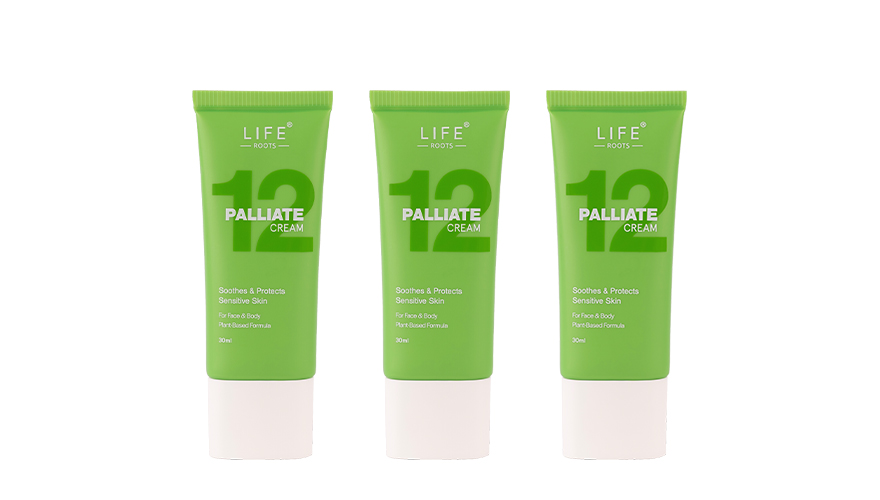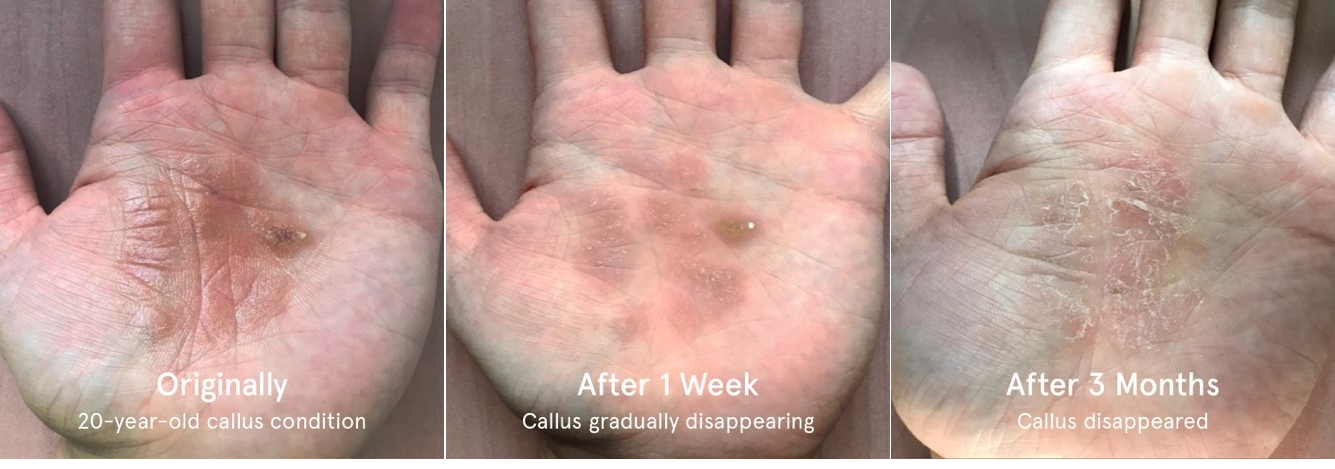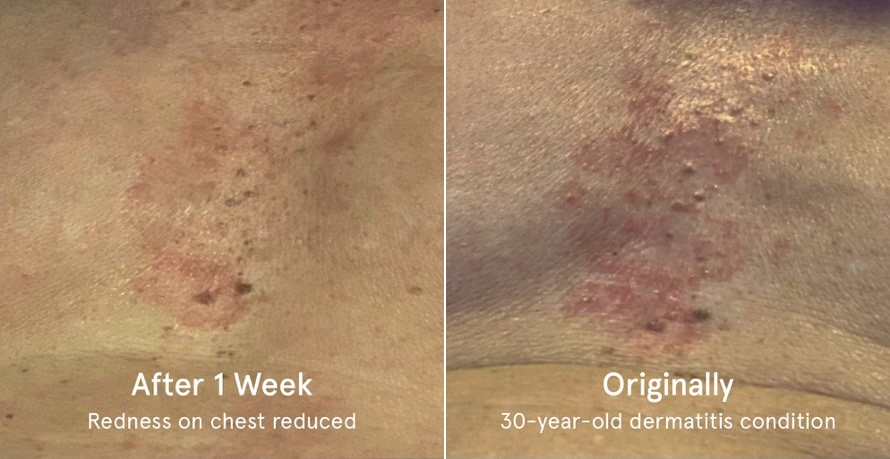Every skin type comes with their own skin conditions and concerns.
Oily skin, otherwise known as seborrhoea, is due to overactive sebaceous glands. The face and scalp are mainly affected by seborrhoea, though other areas of the body can also be affected. Skin affected by seborrhoea often appears shiny, red, greasy, and scaly. Seborrhoea also often leads to acne.
Dry skin, on the other hand, is due to excessive transepidermal water loss. Dry skin is also known as xerosis, and often appears as rough, flaky, and scaly patches. Fine lines may appear more visible on dry skin. Dry skin also often causes feelings of tightness, and may itch (pruritis), crack, and bleed.
Types of dry skin
Some transepidermal water loss is inevitable due to the nature of a person’s skin. If it’s severe, dry skin can cause itching and rashes called dermatitis (inflammation of skin). Here are some of the common dermatitis:
1. Contact Dermatitis
This occurs when a substance comes into contact with the skin and causes an allergic reaction. The skin often becomes dry, itchy, and red. Common causes of contact dermatitis includes cosmetics, skincare, and detergents.
2. Eczema (Atopic Dermatitis)
Eczema often appears as dry, red, and scaly patches of skin. Severe forms can cause cracking of the skin, increasing the risk of an infection around the site. This skin disorder often affects children and is also often inherited. Allergens, irritants, and stress can trigger eczema.
3. Seborrheic Dermatitis
Seborrheic dermatitis, also known as dandruff, causes dry and flaky patches of skin. This can happen in several areas such as the scalp, face, and belly button. They can also appear between the creases of the arms, legs, and groin.
4. Athlete’s Foot
Skin on the soles of athlete’s foot is often dry and flaky. They mimic dry skin but is caused by a fungus.

What are the complications of dry skin?
Severe or ill managed dry skin can lead to cracking. These cracks expose the body to bacteria that can cause infections. This is why it is important to manage dry skin.
How to manage dry skin?
Here are some tips to manage your dry skin:
1. Moisturise your skin
Moisturisers help to prevent further transepidermal water loss by locking in moisture. Moisturisers can also help to smooth and soften dry skin. It can also help to maintain your skin barrier.
2. Medication
The best way to know what the most suitable steps are to take for your dry skin is to consult a healthcare provider or a board-certified dermatologist. They will be able to identify and prescribe you with the right medication (if needed) for your skin concerns.

LIFE ROOTS Palliate Care Cream, is formulated with rich sources of bioactives and omega fatty acids, improves skin metabolism and promotes collagen synthesis. The combination of Palliate’s ingredients helps to soothe, moisturise, and protect sensitive skin which is predisposed to irritation and inflammation. Its botanical ingredients contain natural anti-inflammatory, anti-microbial and anti-fungal properties to help sensitive skin ailments.
Customer’s Review
Mr Jacob N., 35, Singapore
Condition: Callus
Area of Concern: Palm
After using Palliate consistently, Mr Jacob N. managed to cover from a 20-year-old callus condition.

Mr Brian C., 78, Singapore
Condition: Dermatitis
Area of Concern: Chest
After using Palliate consistently, Mr Brian C. managed to reduce the redness of his 30-year-old dermatitis condition.

To find out more about Palliate, click here.




